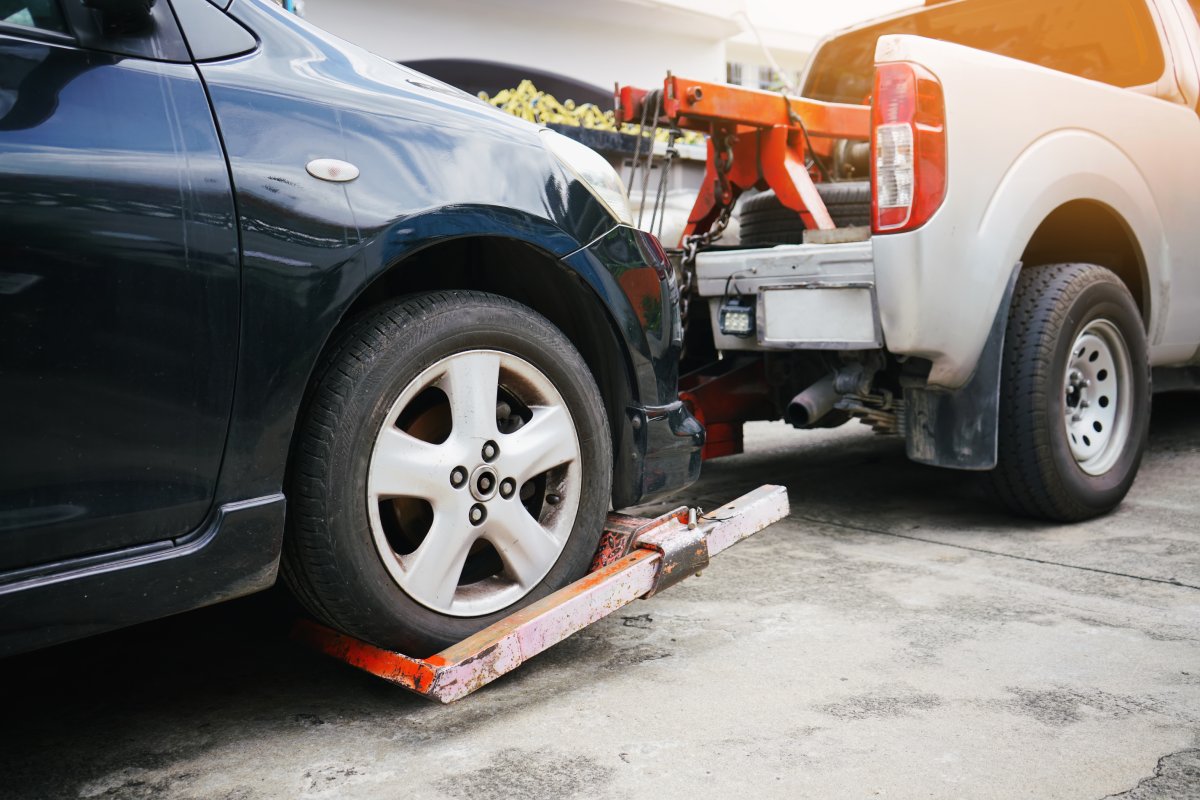Christmas trees do not spontaneously combust. The National Christmas Tree Association makes this point in its Holiday Safety Facts. The National Christmas Tree Association is the professional trade association representing farmers and sellers of Christmas Trees throughout North America.
Since I recently wrote about the perils of cooking turkey in Thanksgiving Day is Number One Fire Insurance Claim Day and A Touching Thanksgiving Day Fire Follow-up, I thought some research regarding Christmas tree fires was appropriate as well. Also, I plan on decorating two Christmas trees tomorrow. Keeping those trees safe and not burning down my home during this holiday season is a worthy goal.
The National Christmas Tree Association makes this point regarding fires:
- According to the National Fire Protection Association (NFPA), approximately one tenth of one percent (0.12%) of residential fires involve a Christmas Tree — both real and artificial.
- At NO time can a Real Christmas Tree START or CAUSE a fire. Christmas Trees do not spontaneously combust.
- In 1998 more than 32 million Real Christmas Trees were used in the U.S. Of these, only 0.00093% were ignited in home fires.
- Christmas Trees are not as likely to be the first item ignited in residential fires as many other common household items:
- newspapers and magazines — 13 times more likely
- boxes or bags — 10 times more likely
- curtains or drapes — 9 times more likely
- Overloaded electric outlets and faulty wires are the most common causes of holiday fires in residences – these types of fires can be just as dangerous with an artificial tree.
A research paper by the National Fire Protection Association was a little more ominous. In "Home Christmas Tree and Holiday Light Fires," by John R. Hall, Jr. and Marty Aherns, October, 2009, it was noted that:
NFPA estimates that Christmas trees, both natural and artificial, were the item first ignited in an estimated average of 250 reported home structure fires per year during 2003-2007. These fires caused an estimated average of 14 civilian deaths, 26 civilian injuries, and $13.8 million in direct property damage per year. These estimates are based on data from the U.S. Fire Administration’s (USFA’s) National Fire Incident Reporting System (NFIRS) and the National Fire Protection Association’s (NFPA’s) annual fire department experience survey.
During the same period, holiday lights and other decorative lighting with line voltage were involved in an estimated average of 170 home structure fires per year. These fires caused an average of seven civilian deaths, 17 civilian injuries, and $7.9 million in direct property damage per year.
The National Safety Council lists the following Christmas Tree Tips:
Christmas Trees
- Try to select a fresh tree by looking for one that is green. The needles of pines and spruces should bend and not break and should be hard to pull off the branches. On fir species, a needle pulled from a fresh tree will snap when bent, much like a fresh carrot. Also, look for a trunk sticky with sap.
- Cut off about two inches of the trunk and put the tree in a sturdy, water-holding stand. Keep the stand filled with water so the tree does not dry out quickly.
- Stand your tree away from fireplaces, radiators and other heat sources. Make sure the tree does not block foot traffic or doorways.
- If you use an artificial tree, choose one that is tested and labeled as fire resistant. Artificial trees with built-in electrical systems should have the Underwriters Laboratory (UL) label.
- An average of 210 home structure fires begin with Christmas trees and result in 24 fire deaths, 27 fire injuries and $13.3 million in property damage.
Tree lights
- Only use indoor lights indoors (and outdoor lights only outdoors). Look for the UL label. Check lights for broken or cracked sockets, frayed or bare wires, or loose connections. Replace or repair any damaged light sets.
- Also, use no more than three light sets on any one extension cord. Extension cords should be placed against the wall to avoid tripping hazards, but do not run cords under rugs.
- Turn off all lights on trees and decorations when you go to bed or leave the house.
Tree ornaments
- Always use the proper step stool or ladder to reach high places.
- Read labels before you use materials that come in jars, cans and spray cans.
- Never place lighted candles on a tree or near any flammable materials.
- Avoid placing breakable tree ornaments or ones with small, detachable parts on lower branches where small children or pets can reach them.
- Do not hang popcorn chains and candy canes on the tree when small children are present. They may think that other tree ornaments are also edible.
Keeping in the holiday spirit and getting ready for a fun weekend, the following Christmas Tree song should not be missed:
https://youtube.com/watch?v=qIYVcdcYD18%3Ffs%3D1%26hl%3Den_US%26rel%3D0%26color1%3D0x2b405b%26color2%3D0x6b8ab6



